Nicolas Collins (born March 26, 1954 in New York City) has been composing and performing since the early 1970s. He studied composition with Alvin Lucier at Wesleyan University (received both B.A. and M.A. there) and worked for several years with David Tudor.
Background
Collins is a pioneer in the use of microcomputers in live performance, and has made extensive use of “home-made” electronic circuitry, radio, found sound material, and transformed musical instruments. His recent work emphasizes spoken word, and combines idiosyncratic electronics with conventional acoustic instruments. He is currently Editor-in-Chief of the Leonardo Music Journal, a peer-reviewed academic journal published by the MIT Press. He is also the chair of the sound department of the School of the Art Institute of Chicago.
He has presented over 300 concerts and installations in the United States, Europe, and Japan as a solo artist, as a member of David Tudor’s “Composers Inside Electronics,” with his own ensembles, and in collaboration with The Barton Workshop, Tom Cora, Peter Cusack, The Downtown Ensemble, Shelley Hirsch, Impossible Music, Guy Klucevsek, Ron Kuivila, Christian Marclay, David Moss, Ben Neill, Jim O’Rourke, Robert Poss, Relache, Elliott Sharp, the Soldier String Quartet, John Zorn, and others.
Two albums of his music have been released by Lovely Records, three by Trace Elements Records, and he has contributed to a dozen compilations, including Banned, John Doe, Slowscan, Tellus, Nonesuch, Hat Art, These Records, RRRecords and Unknown Public. In 1989 he produced Imaginary Landscapes, a CD compilation of new electronic music, for Nonesuch Records. He has been commissioned by the Netherlands Wind Ensemble, Zeitkratzer, Jonathan Impett, Lesley Olsen, Guy Klucevsek, the Soldier String Quartet, Mainspring Brass Quartet, Ger van Elk, NCRV, Korzo Theatre, and The Kitchen.
Collins is a prominent curator of performance and installation art, and has been a curator, policy adviser, and board member for numerous cultural organizations. He has curated concerts for PS 1, The Clocktower, The Kitchen, Relache and Podewil, and served on the board of directors of Roulette and Harvestworks/PASS. He relocated to the Netherlands in the fall of 1992, where he was co-director of The Barton Workshop and a member of the board of directors of the Rumori and Korzo concert series. From 1992 to 1995 he was co-director of Stichting STEIM(Studio for Electro Instrumental Music) in Amsterdam. He is currently a German Academic Exchange Service(DAAD) artist-in-residence in Berlin, and composer-in-residence with the Kammerensemble Neue Musik Berlin.
In 2006 Collins’ book Handmade Electronic Music: The Art of Hardware Hacking was published by Routledge. An expanded, updated edition was published in 2009. He was a major influence on the establishment of the Musical Electronics Library in New Zealand.
Live at Luff
The live performance covered excerpts from “Imperfekt”, “The Royal Touch”, and “In Memoriam Michel Waisvisz”.
Imperfekt
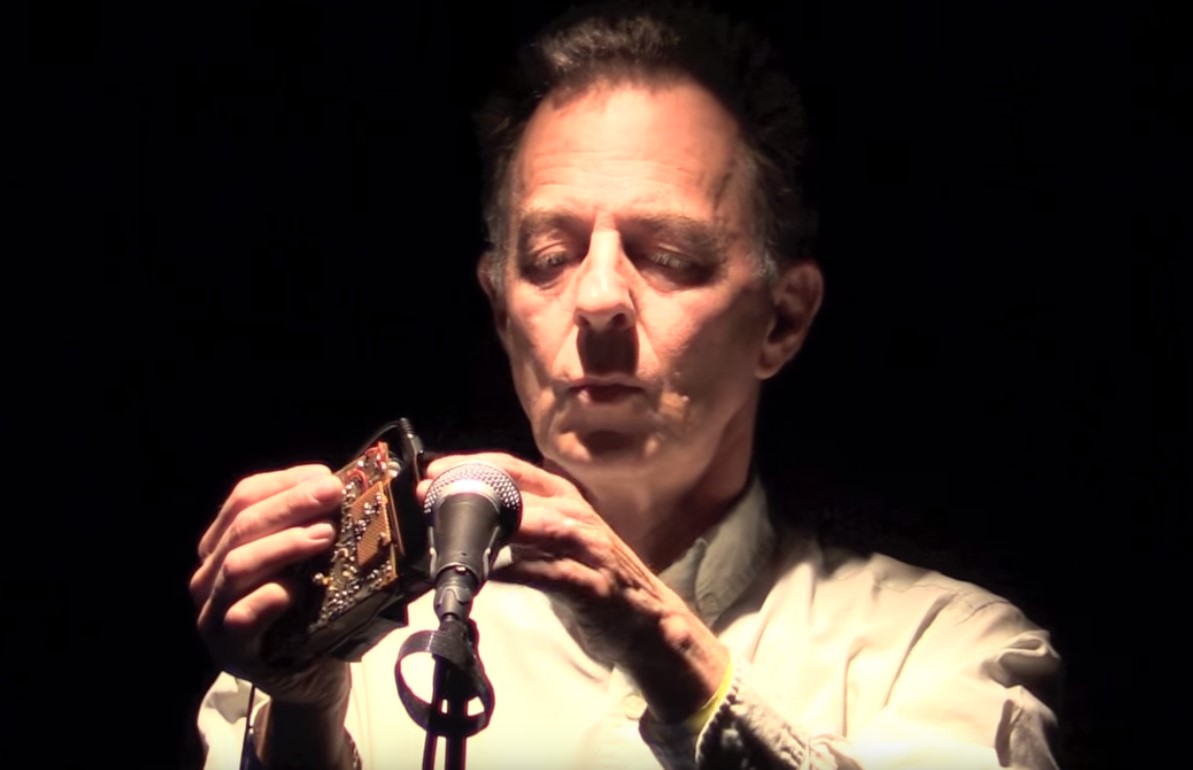
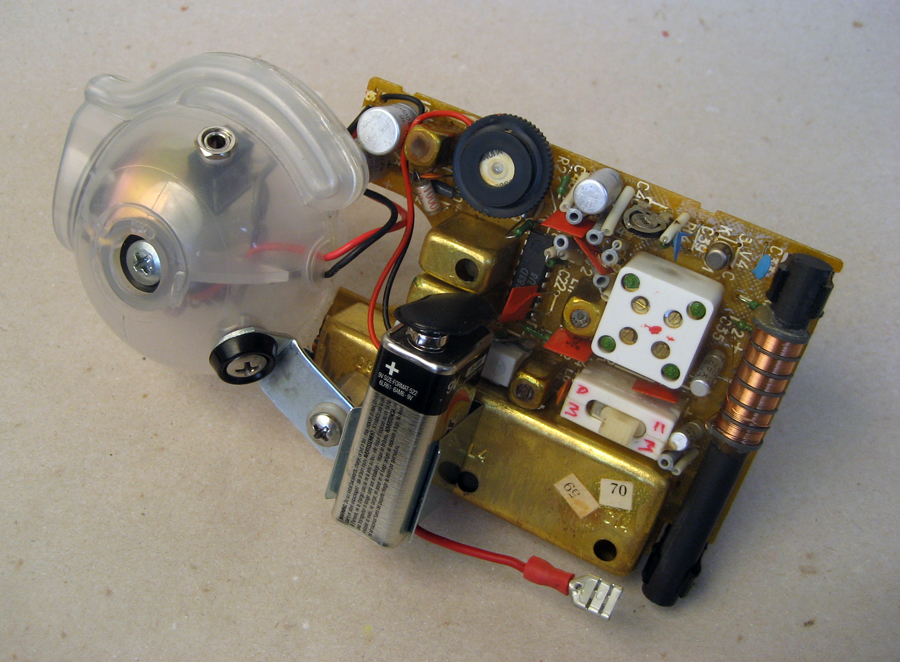
The Royal Touch
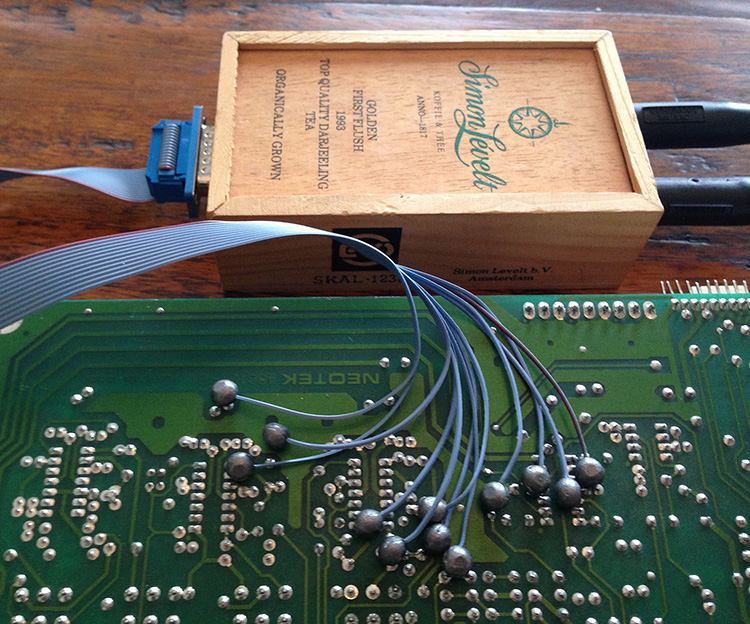
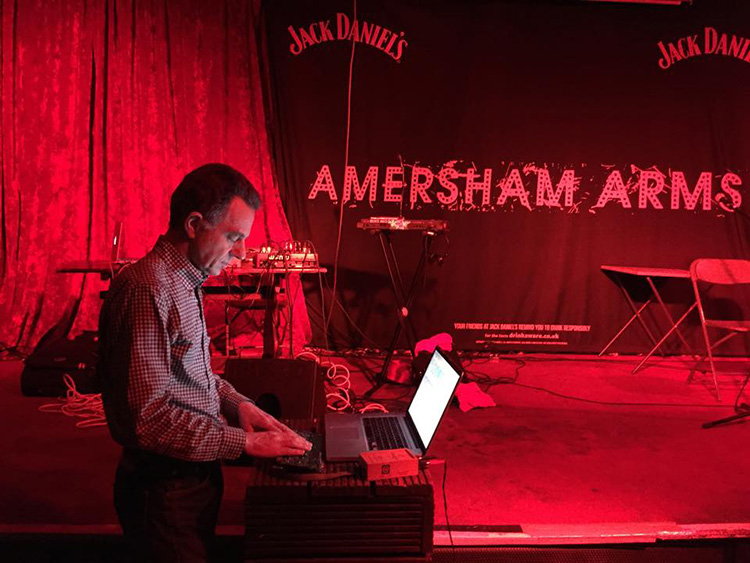
In Memoriam Michel Waisvisz
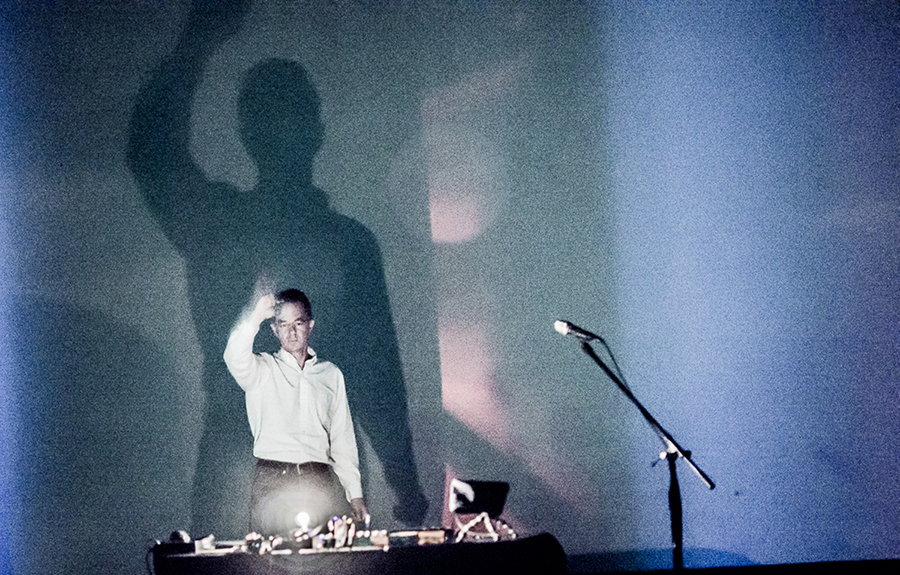
Reference:
https://en.wikipedia.org/wiki/Nicolas_Collins
http://www.kalvos.org/collins.html
http://media.hyperreal.org/zines/est/intervs/collins.html
http://www.nicolascollins.com/

